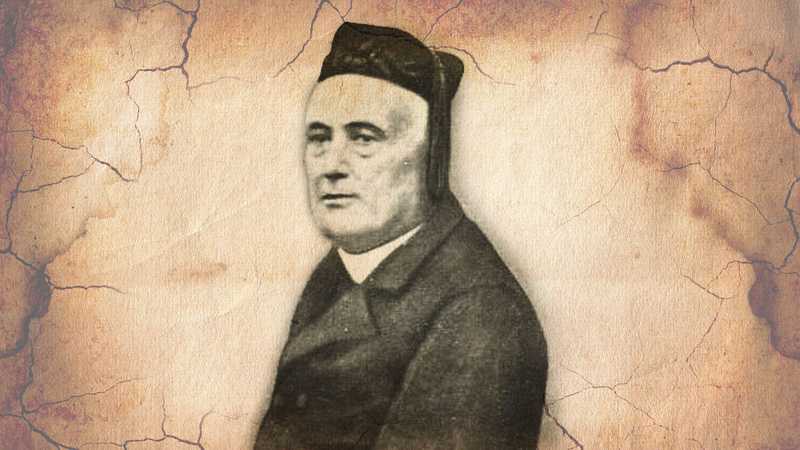Italian Purchase of the Port of Assab by Giuseppe Sapeto
15 Nov, 1869
Italian missionary Giuseppe Sapeto purchased the Port of Assab as Italy joins the European "Scramble for Africa", racing to acquire land on the Red Sea coast of Africa
 Italian Lazarist missionary turned explorer Giuseppe Sapeto
Italian Lazarist missionary turned explorer Giuseppe Sapeto
After the opening of the Suez Canal in 1869, the Scramble for Africa was in full swing. Italy eagerly wanted to jump into the fray.
Giuseppe Sapeto, the Italian Lazarist missionary who had mainly become a traveler and explorer, was tasked by the Italian government with obtaining a seaport on the strategic Red Sea coast of Africa. Acting on behalf of the Italian Società Rubattino shipping company, he purchased the port of Assab in November 1869 from two local Danakil chieftains for 6,000 Maria Theresa dollars.
Years before, Sapeto had arrived in Massawa as a missionary in 1837. He arrived with the famous French explorer brothers Antoine and Arnaud d’Abbadie and ventured inland to visit the historical Abyssinian cities of Adwa and Gondar. Sapeto then joined the mission of Bishop Giustino de Jacobis, another Italian Lazarist working in Abyssinia. However, Sapeto fell seriously ill and returned home to Italy.
After recovering, Sapeto went back to Massawa, this time traveling as an explorer rather than as a missionary. He undertook daring journeys into the rugged Danakil Depression and later to the remote lands of the Bogos, Mensa and Habab tribes in current-day Eritrea. During his travels, Sapeto collected valuable vocabularies of Ge’ez, Tigrinya, and Bilen - languages of the Horn of Africa region.
This made Sapeto an invaluable resource for the Italian Government for their ultimate mission of acquiring a foothold on the Red Sea coast. After all, he knew the customs and the political dynamic of the region; he knew who to directly deal with to acquire the coastal land: the Afar sultans of the Denakil region.
Sapeto returned to Assab in March 1870 to finalize the port purchase agreement of 1869, acquiring two additional strips of land to expand the holdings. He later strongly defended the purchases against critics in his 1879 book “Assab and its Critics”.
The Italian government, seeking effective control over its nominal Assab possessions, ordered Sapeto back to solidify claims. He arranged new agreements signed by local chiefs, notably the Sultan of Raheita located 30 miles southeast of Assab, who in September 1880 placed himself under Italian protection. Sapeto also initiated contact with Muhammad Hanfari, Sultan of Awsa in the southern Danakil region, remaining in Assab until January 1881 to consolidate Italian claims.
Sapeto’s Later Years
Upon returning to Italy, Sapeto gradually faded from public life. A scholar and ambitious politician, he had attended the 1878 Fourth International Congress of Orientalists in Florence and published learned writings like his 1890 book “Ethiopia” covering Ethiopian government, geography and history. He died in relative obscurity in Genoa in 1895.
(Source: Richard Pankhurst)
